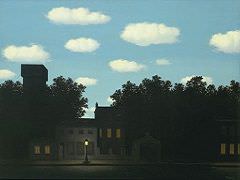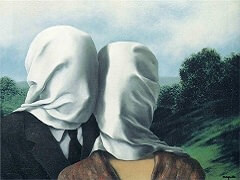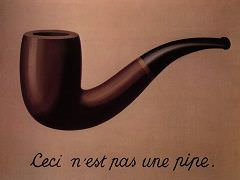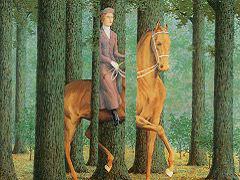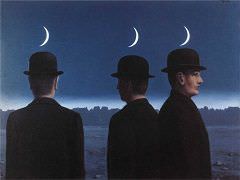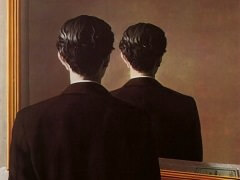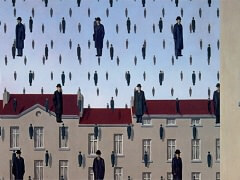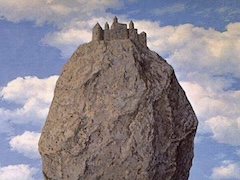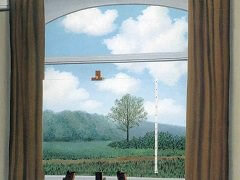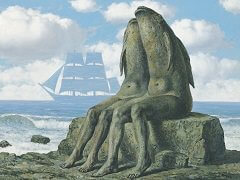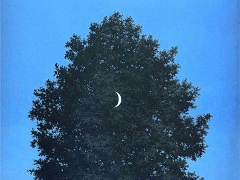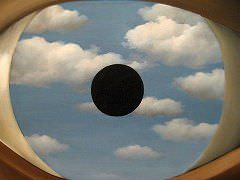The Cultivation of Ideas, 1928 by Rene Magritte
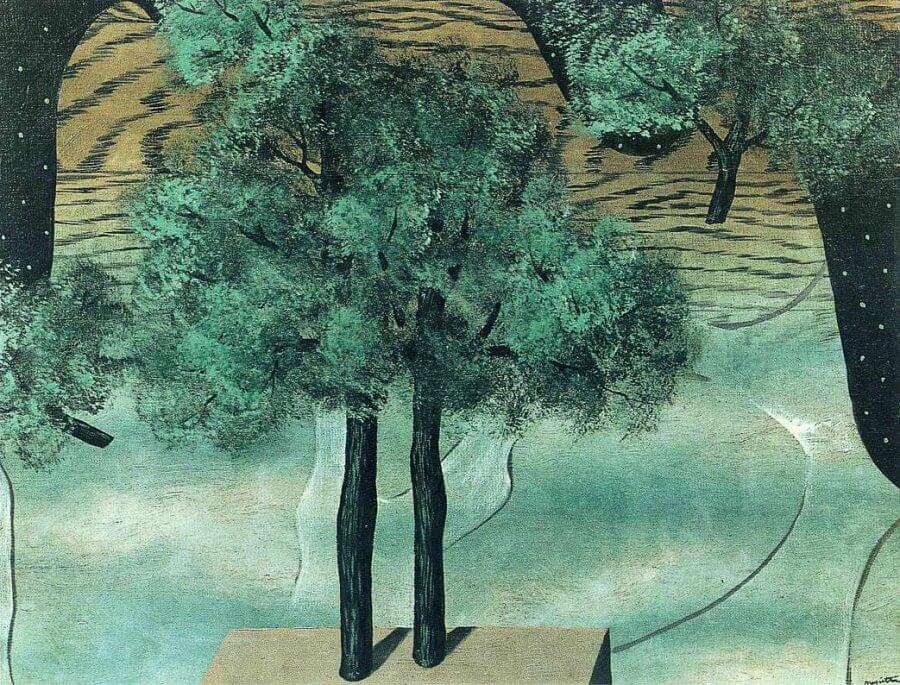
In this poetic painting, which is an artificial landscape, two trees form a single crown of leaves. As a result, the two trunks, with short shadows falling before them, seem like the legs of a
man walking into the landscape. Nature advances too, even coming up through the floor, which consists of a cloudlike foreground with outlined forms, changing color only higher up to become wood
with a distinct grain.
Even without the title, the painting has the strange poetic enchantment of the atmosphere a person senses just after waking up, when he is still only half-conscious, still hypnotized by some
dream face that is about to elude him. This exceptional imaginative power in Magritte, creating shapes and colors difficult to define (except for the trees), no longer occurs in so lyrical and
poetic a manner after 1930.
One can definitely trace a chronology and change of style in Magritte's work, even though it was not the aesthetic problem of style but an intellectual poetic vision, the evolution of a technique
of creating resemblances, which occupied his mind. For instance, later repetitions of much earlier works are often recognizable by a more meticulous, calmer, and more relaxed finish and by
details which bring about slight changes of atmosphere.


